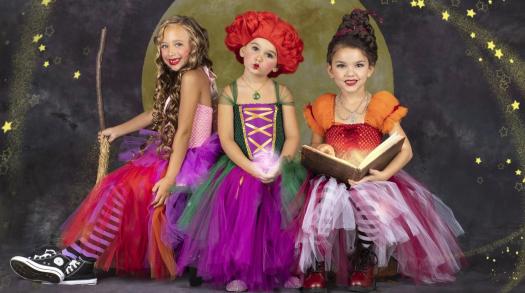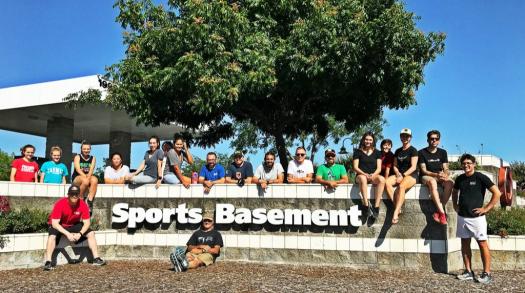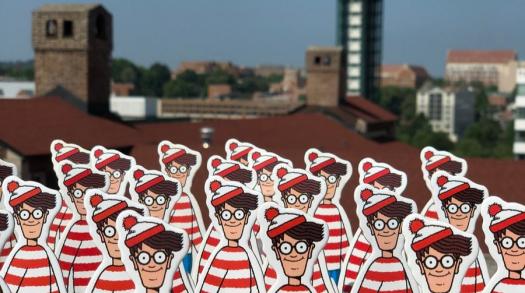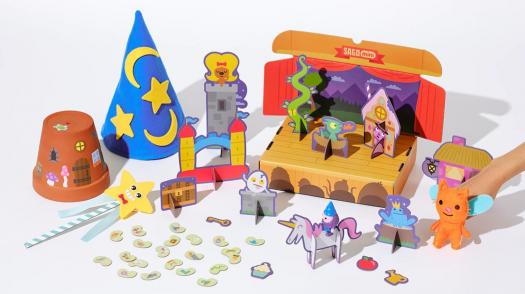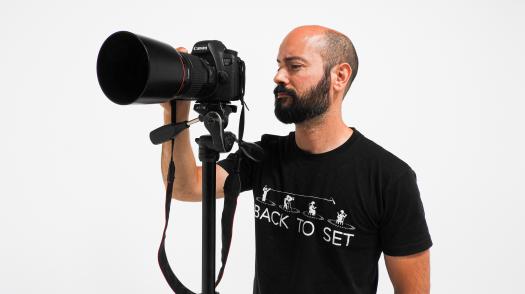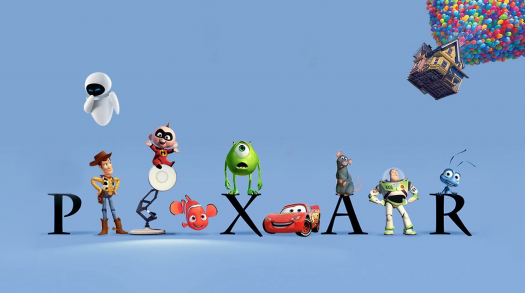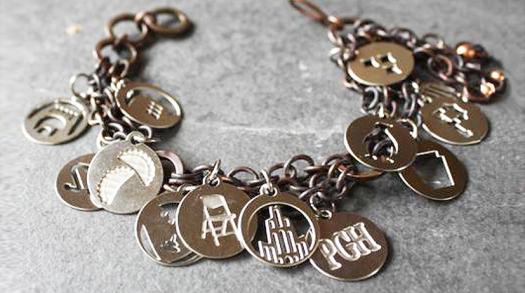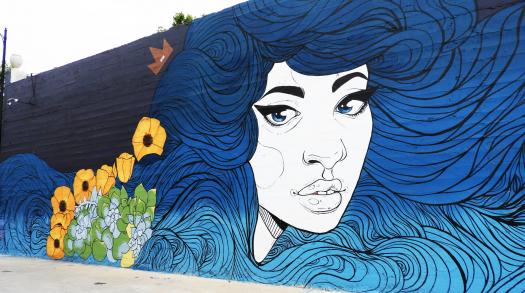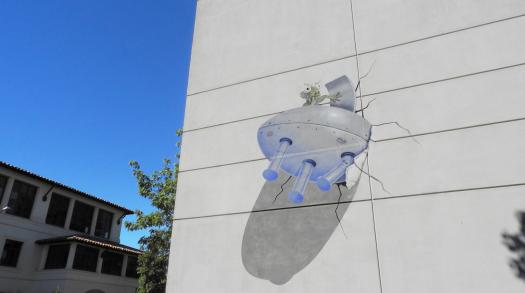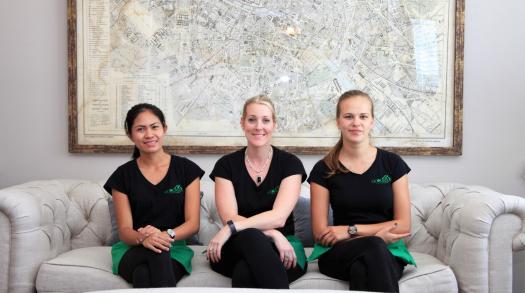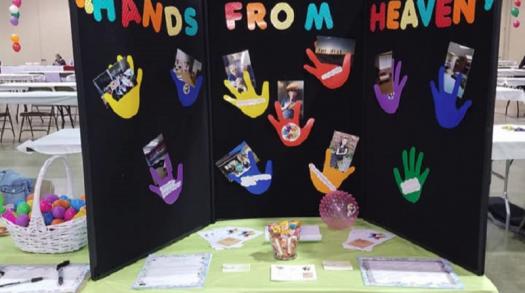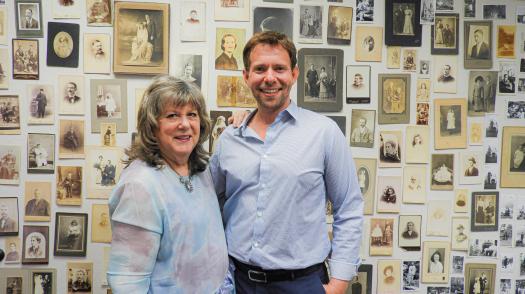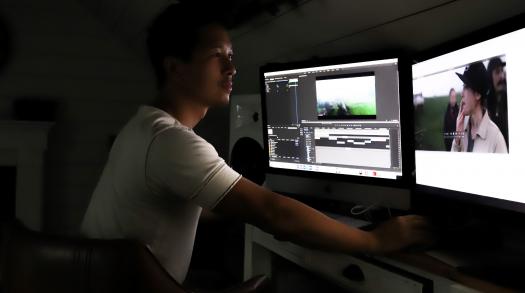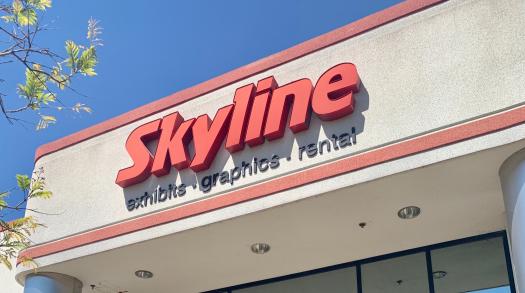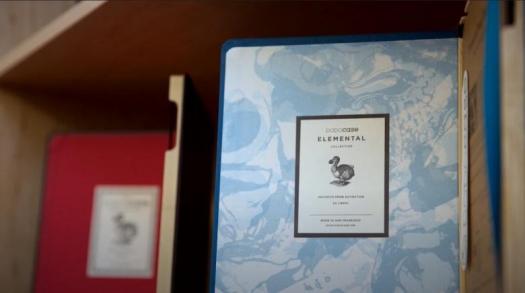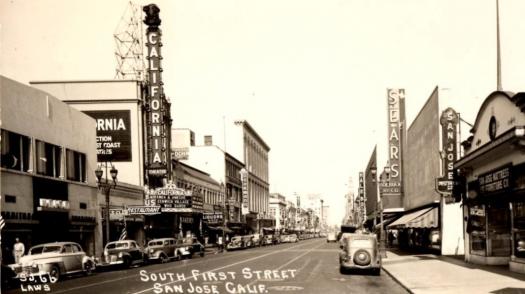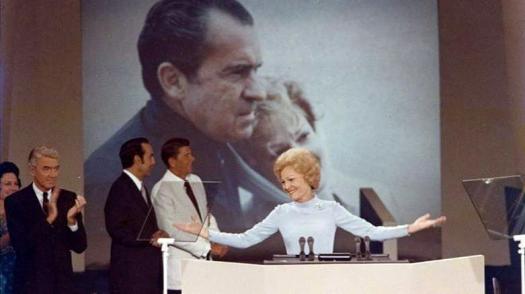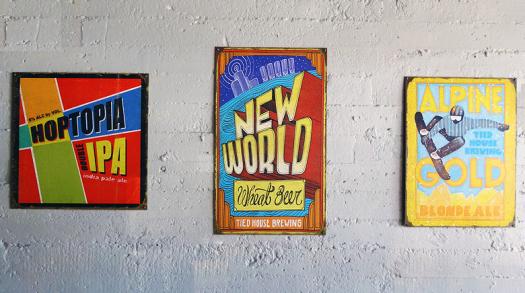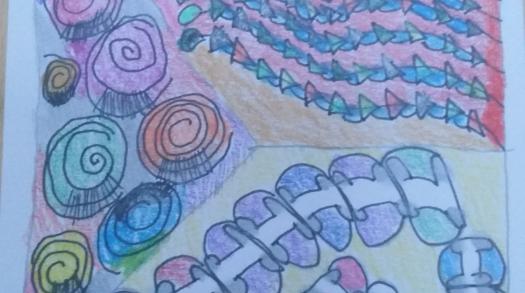Spray Paint & Selfhood: Why Public Murals Are Key to the Identity of a City
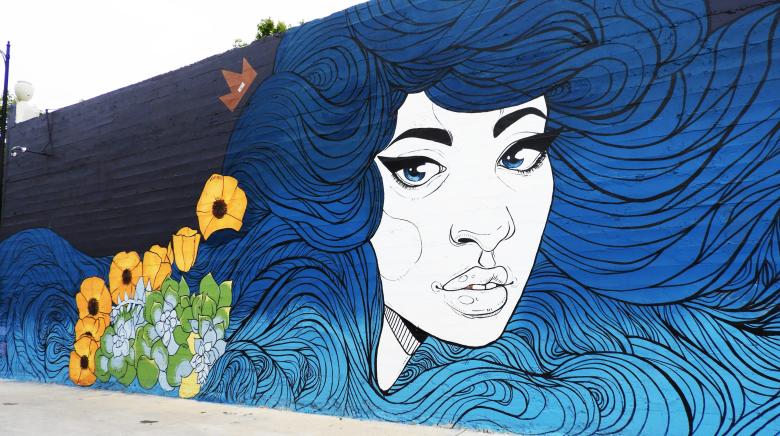
Growing up, my comprehension of murals was about as involved as the time it took to walk past the work. I visually processed them without mentally processing them. Consequently, my appreciation didn’t extend beyond the pretty paint job to the complex layers underneath.
That mindset was challenged when I determined to map out an urban hike of San Jose’s murals for an article last May.
As I invested time tracking down the artists behind the works, combing through commentaries, and trekking cement paths to capture pictures, I began seeing these murals through fresh eyes. The longer I soaked in their presence, the deeper their messages seeped into my brain and the more their brightly colored vibrancy rubbed off on my soul.
Yes, murals add splashes of brightness to monochrome cityscapes and effectively curb graffiti, but they accomplish so much more than that. They reveal the personality of a city. Let me explain.
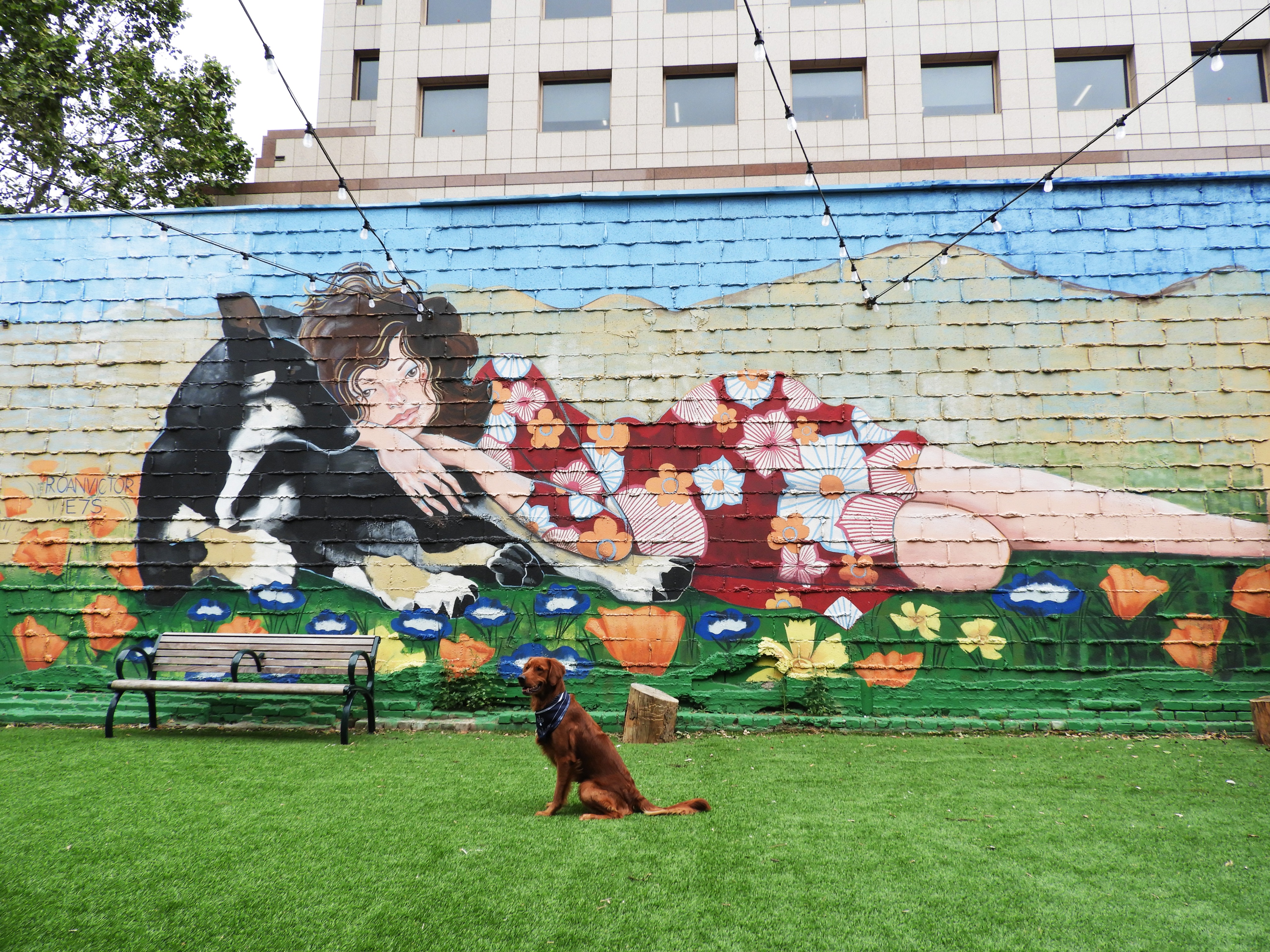
Murals Clothe a City
For better or for worse, cities wear murals like we wear clothing. A city can cloak itself in murals that reflect its identity—or (similarly to most of us one point or another during our high school years) it can wear murals that don’t match its personality at all. When it does choose to stay true to itself with location-specific artwork, it’s much more likely to garner a positive response from its citizens.
Why? Unlike a canvas that can be moved from place to place, murals are permanently on the surfaces of their home city. There’s something very personal in the way the paint embraces the grooves in the brick, the electrical cords, the ridges of a window frame.
For this reason, I’m a strong believer that local muralists are the best voices for the job. Outside artists, similar to tourists, have a limited perspective of the place they’re visiting. On the other hand, insiders have been saturated in that culture. They possess a firm grasp of what their city means to them, and can speak confidently and expertly on its character. After all, to know someone intimately well, you’ve got to invest a considerable amount of time in them.
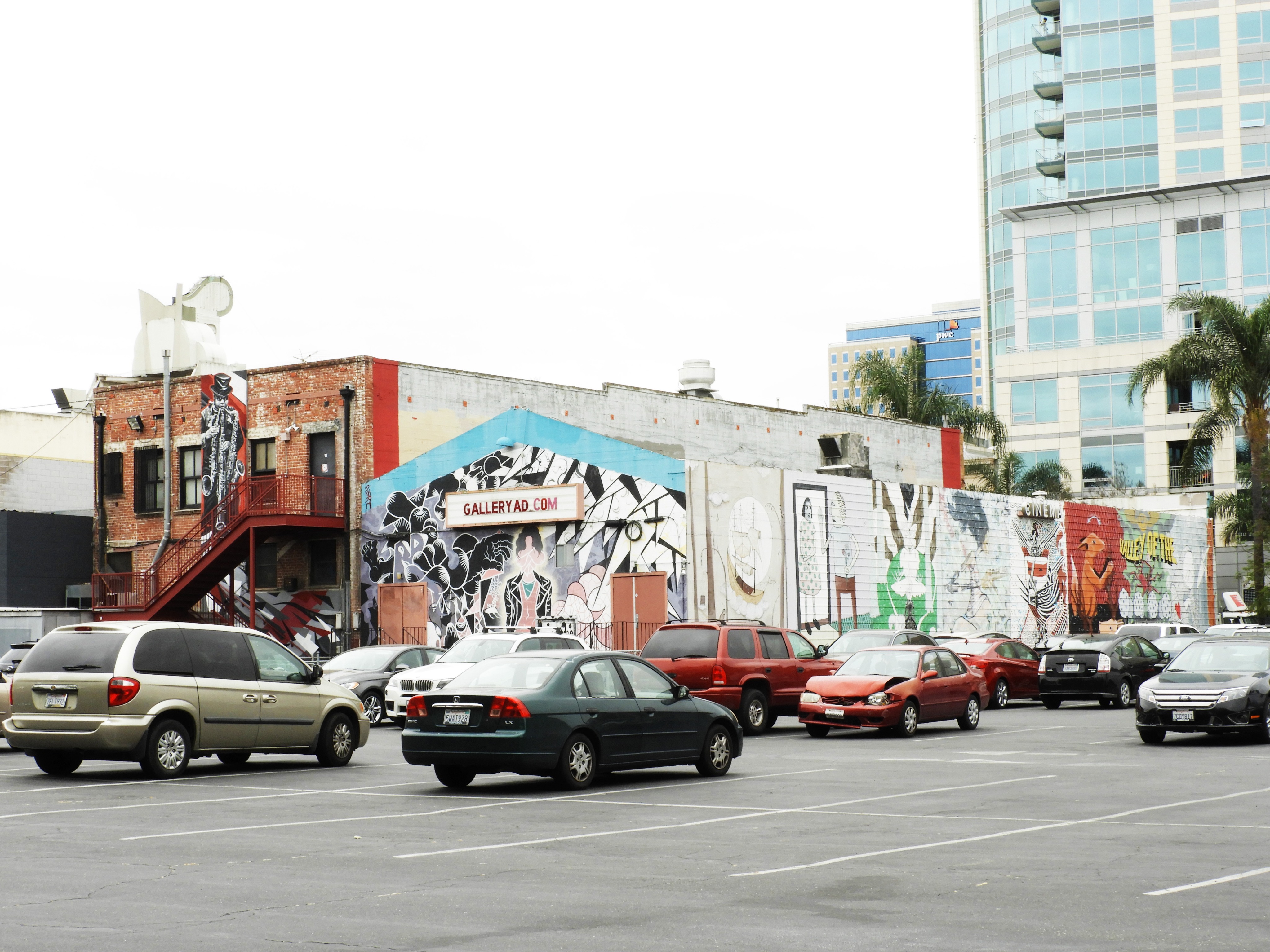
Murals Represent a City's Many Voices and Backgrounds
A community is comprised of many many perspectives and experiences. Isolate it to one viewpoint and you no longer properly represent a collective group, but an individual. Two people with drastically different opinions on a city’s identity are still equally valid—and for that exact reason, we desperately need them both.
This touches on another important point: for a city to be healthy, it needs art outside of galleries and museums. Whereas a museum costs money, street art can be experienced by everyone. It is not enjoyed by one specific socioeconomic status, ethnicity, gender, or age—but by all.
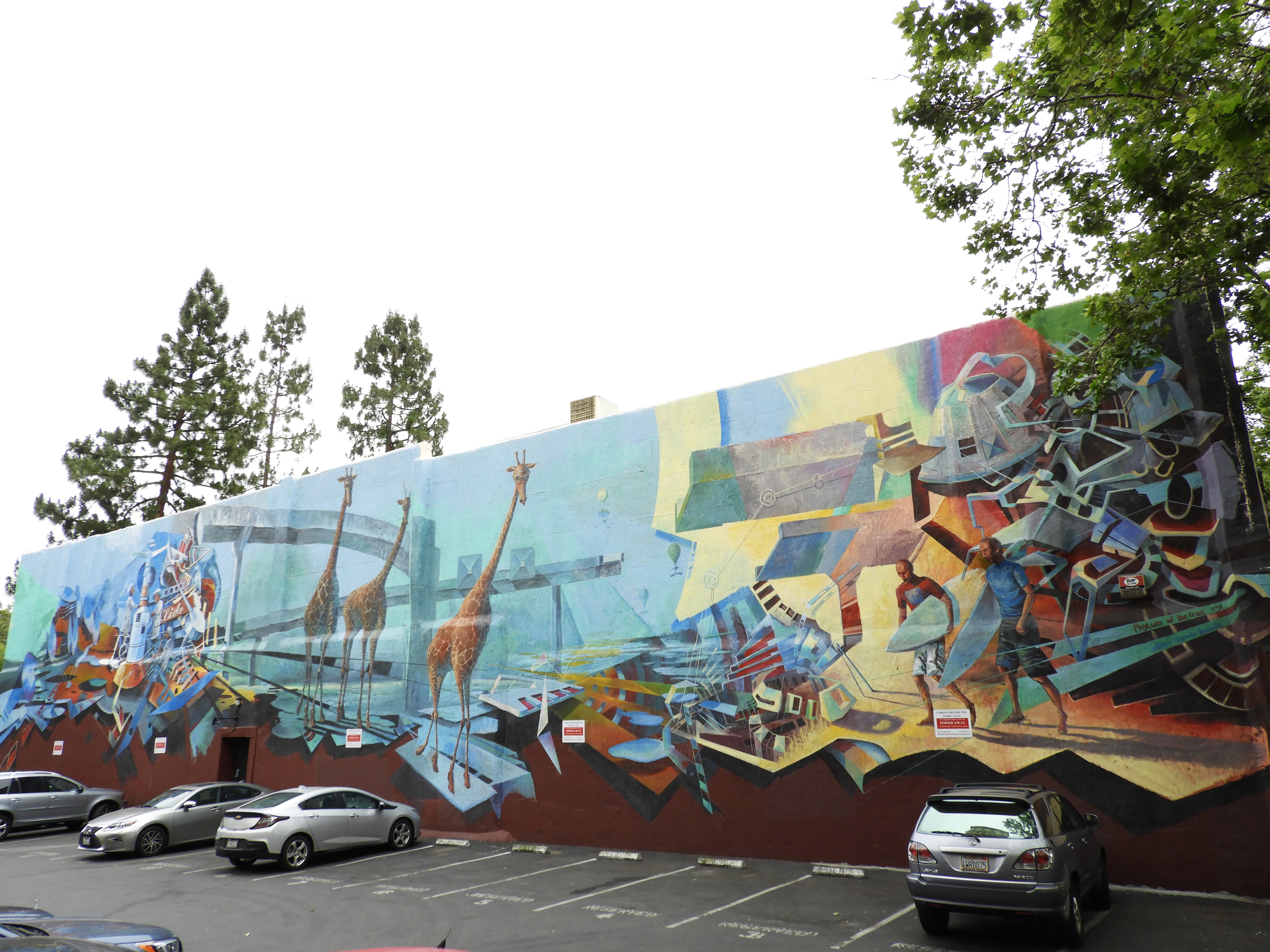
Murals Remind a City of Its Past and Embrace Its Present Identity
These often billboard-large designs are resounding proclamations. They declare, “This is who we are!” More often than not, they take a celebratory tone, reminding us of the reasons we should be proud of where we come from.
When murals recall their city’s history, they acknowledge that the past always shapes the present. Let’s be honest, how many well-adjusted people do you know who refuse to acknowledge their previous experiences? Recognizing where we’ve come from is key to achieving our full potential. Ignoring it, only leaves us blind sighted.
Murals also remind urban dwellers of the distinct qualities of their home. There is no such thing as a cookie cutter city. Each place offers its own special flavor of regionalism. This explains why orange poppies and ethnic diversity symbols frequent many California murals.
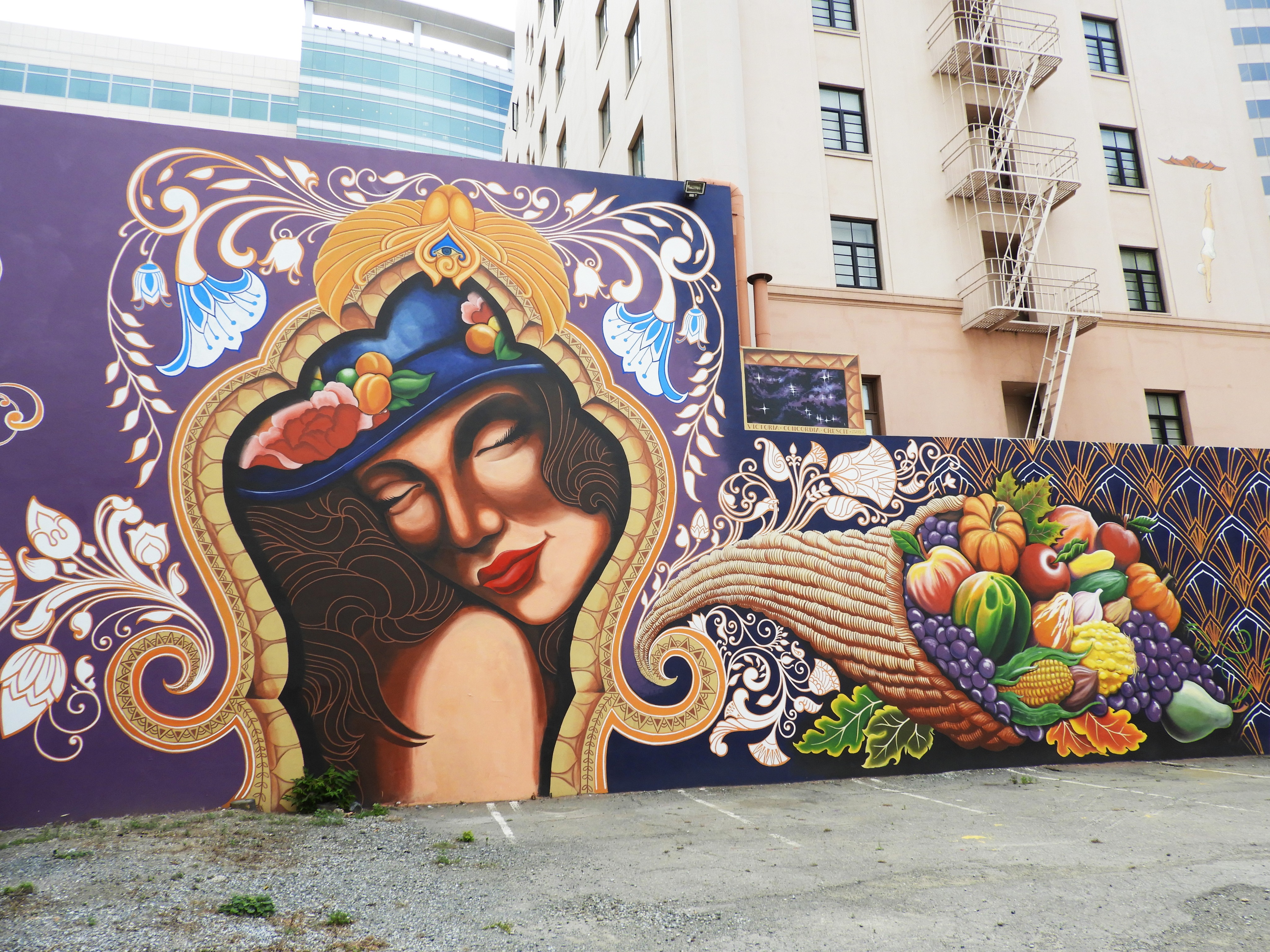
Murals Help in Shaping a City's Future
Finally, murals play a part in a city’s continual process of developing and refining its identity. When muralists highlight specific aspects of their community through artwork, it cements those ideas all the more. Anyone who witnesses that painter's work will unconsciously tuck that visual away in their memory, adding it to their understanding of their city. It’s one reason places like Seattle and San Francisco hold such confidence in who they are. If a city wants to inspire confidence in its future, murals are a marvelous way of achieving it.
Are You Listening?
When done well, murals project a city’s voice. Next time you pass one of these spray paint statements on the streets, pause and take the time to listen to what it's saying. You may be surprised at what it tells you.



